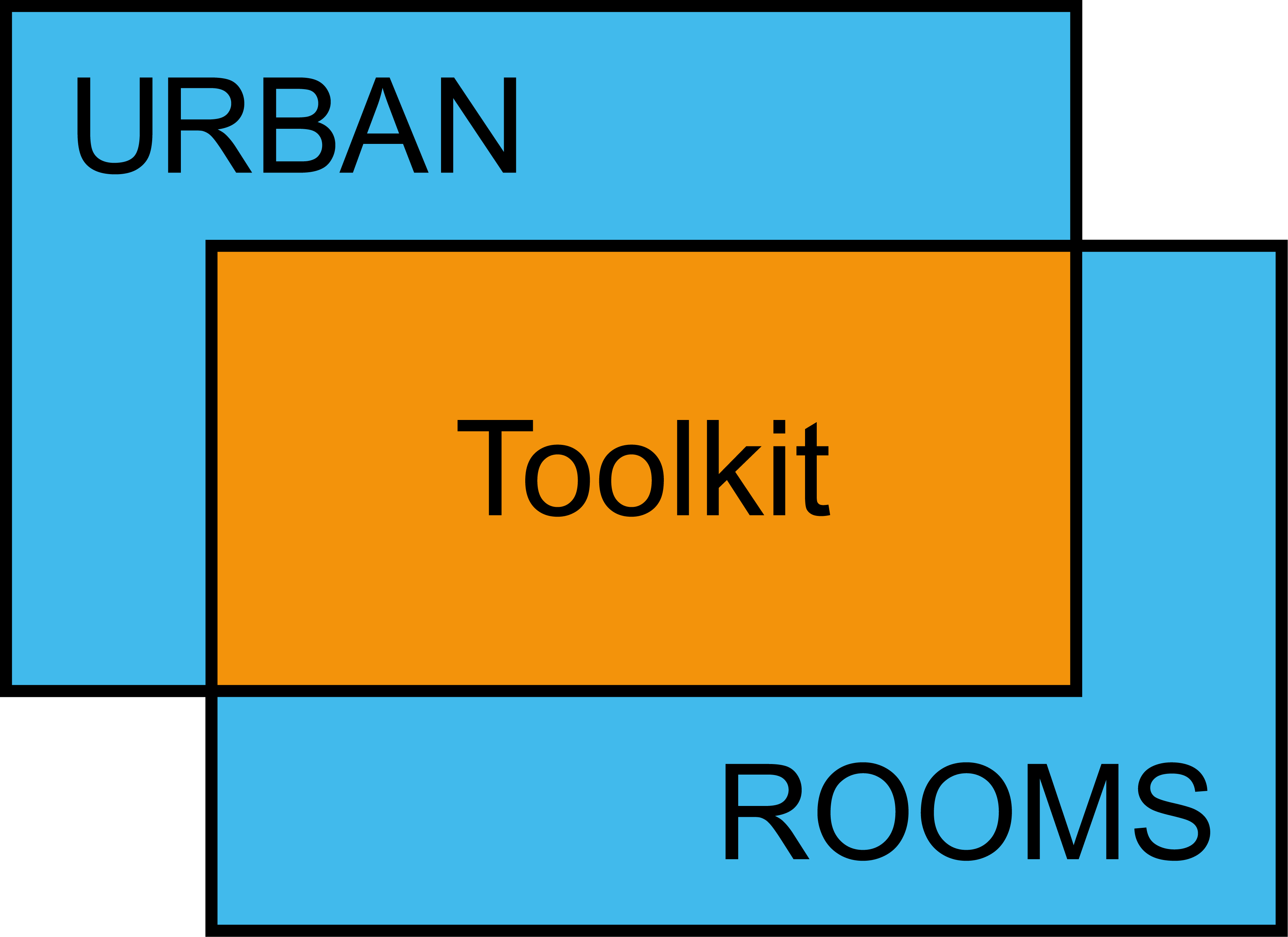


Up & Running
How can the Urban Room build community agency?
In a previous section ‘How do we find an audience?’ we suggested ways to increase the amount and diversity of visitors to the Urban Room. However, getting people through the door for the initial engagement or conversation is only the beginning of a deeper relationship that the Urban Room should seek to nurture with the local community. Indeed, we need to move rapidly beyond the idea of engaging an ‘audience’ to ask how we can turn that audience into an engaged network of stakeholders who share a sense of authorship and ownership towards the Urban Room and an increasing sense of agency towards their place.
Some Urban Rooms (e.g. Church St, Westminster and STAMP) develop out of an explicit need for a space where local people can gather to be heard on issues in their local area. These Urban Rooms emerge from an existing context of community organising that would clearly benefit from a physical space to engage and mobilise further. Other Urban Rooms open without necessarily having such a strong clear network of local stakeholders but can be instrumental in building such partnerships (e.g. UR Blackburn and Live Works, Sheffield). In all these situations Urban Rooms can have a galvanising effect, creating a new community infrastructure that can bring together, motivate and support local action.
One of the prime objectives of an Urban Room therefore should be to create a space where partnerships and networks can flourish,
and where local people can feel empowered to make a difference collectively in their local area. To create a space that can help to build this sense of agency within the community consider how your Urban Room can:
connect local people with local leaders, policy-makers and ambassadors through active facilitating of events, debates and presentations around local issues
dispel institutional and professional jargon, and unpack the complexity of planning, development and design issues/ opportunities – making visible and accessible the processes of change
empower unheard voices by actively inviting marginalised groups to take a place at the table
recognise, value and celebrate the contribution of local people in an accumulating display in the UR, showcasing the growing sense of ownership and agency towards the UR and the local area
shift and disrupt the power of any large institutions (local authority, university, etc.) that are funding or supporting the UR, by creating opportunities for community groups to host events and activities in the UR – a rolling programme of events hosted by multiple community groups can be a very successful approach to sharing ownership of the UR
The success of this approach relies upon the building of trust between the Urban Room and the local community. It is impossible for a Urban Room to be completely neutral but transparency around its funding, objectives and governance is essential if it is to take the role of ‘honest broker’ in building the urban capacity of local networks.

South Yorkshire Climate Hub
Up & Running
How can the Urban Room build community agency?
In a previous section ‘How do we find an audience?’ we suggested ways to increase the amount and diversity of visitors to the Urban Room. However, getting people through the door for the initial engagement or conversation is only the beginning of a deeper relationship that the Urban Room should seek to nurture with the local community. Indeed, we need to move rapidly beyond the idea of engaging an ‘audience’ to ask how we can turn that audience into an engaged network of stakeholders who share a sense of authorship and ownership towards the Urban Room and an increasing sense of agency towards their place.
Some Urban Rooms (e.g. Church St, Westminster and STAMP) develop out of an explicit need for a space where local people can gather to be heard on issues in their local area. These Urban Rooms emerge from an existing context of community organising that would clearly benefit from a physical space to engage and mobilise further. Other Urban Rooms open without necessarily having such a strong clear network of local stakeholders but can be instrumental in building such partnerships (e.g. UR Blackburn and Live Works, Sheffield). In all these situations Urban Rooms can have a galvanising effect, creating a new community infrastructure that can bring together, motivate and support local action.
One of the prime objectives of an Urban Room therefore should be to create a space where partnerships and networks can flourish,
and where local people can feel empowered to make a difference collectively in their local area. To create a space that can help to build this sense of agency within the community consider how your Urban Room can:
connect local people with local leaders, policy-makers and ambassadors through active facilitating of events, debates and presentations around local issues
dispel institutional and professional jargon, and unpack the complexity of planning, development and design issues/ opportunities – making visible and accessible the processes of change
empower unheard voices by actively inviting marginalised groups to take a place at the table
recognise, value and celebrate the contribution of local people in an accumulating display in the UR, showcasing the growing sense of ownership and agency towards the UR and the local area
shift and disrupt the power of any large institutions (local authority, university, etc.) that are funding or supporting the UR, by creating opportunities for community groups to host events and activities in the UR – a rolling programme of events hosted by multiple community groups can be a very successful approach to sharing ownership of the UR
The success of this approach relies upon the building of trust between the Urban Room and the local community. It is impossible for a Urban Room to be completely neutral but transparency around its funding, objectives and governance is essential if it is to take the role of ‘honest broker’ in building the urban capacity of local networks.

South Yorkshire Climate Hub
